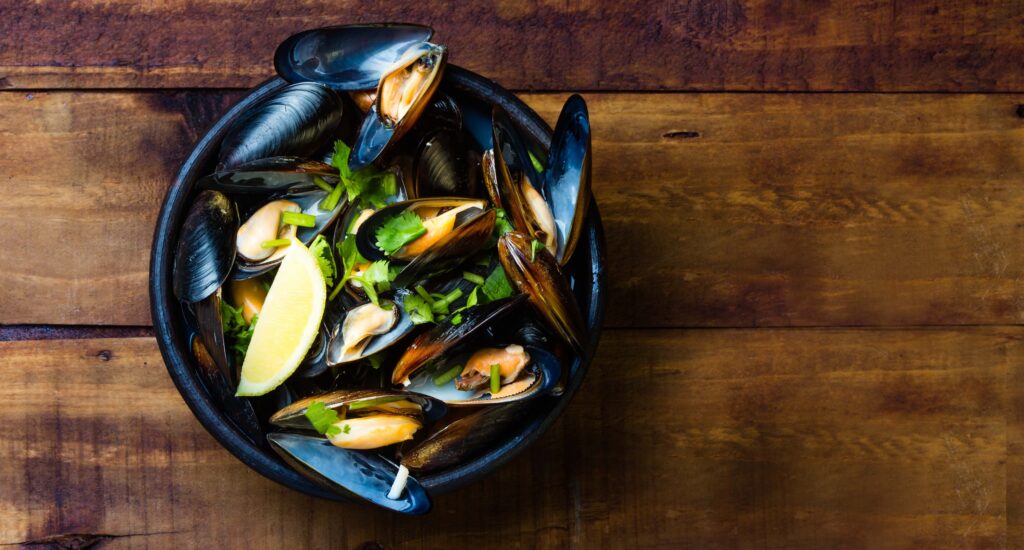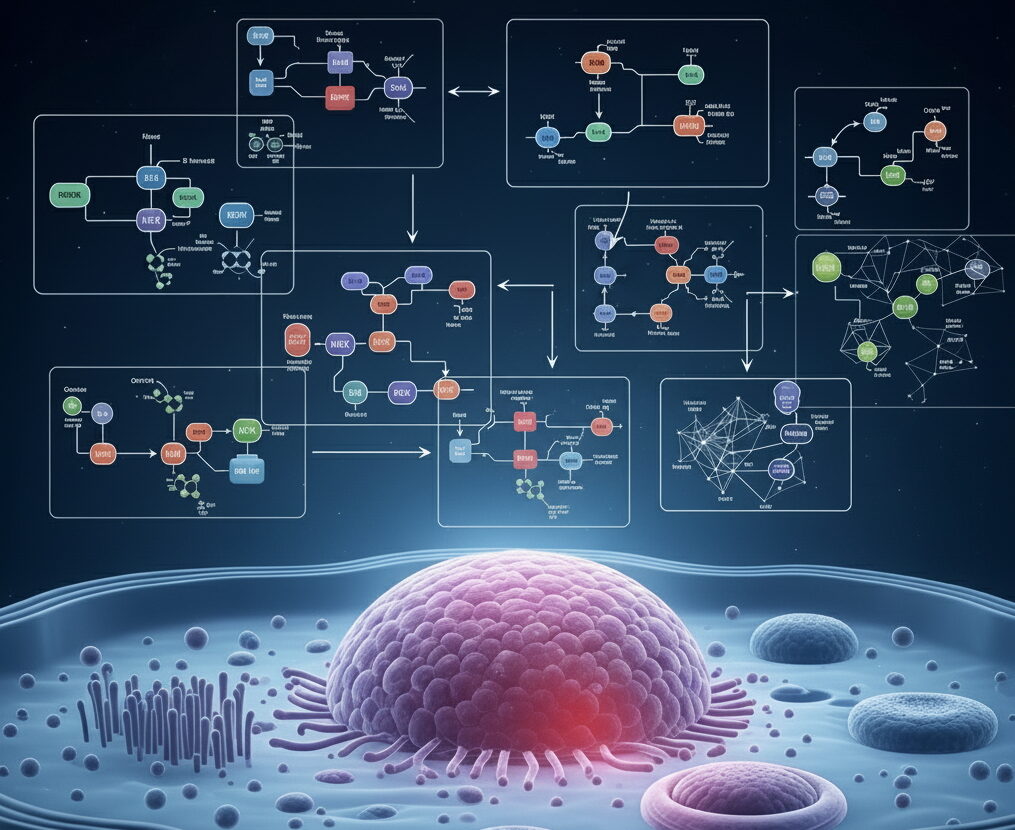New genetic and dietary pathway linked to body weight in mice
Collaborators

Stanford Medicine and Wu Tsai Human Performance Alliance researchers have uncovered a new link between genetics, diet, and body weight in mice, with the amino acid taurine at the center of this complex relationship.
Their work reveals a potential new pathway for weight regulation, offering fresh insights into how taurine — a micronutrient found in protein-rich foods like meat and shellfish — impacts body weight.
Previous studies suggest taurine supplementation in mice can lower body weight and improve exercise performance, while those with genetically reduced taurine levels show muscle loss and reduced physical abilities. Despite these findings, the exact mechanisms behind taurine’s effects have remained unclear.
In the study, the researchers discovered an enzyme called PTER, which breaks down N-acetyltaurine. N-acetyltaurine is a metabolite of taurine, formed when taurine combines with acetate. They then created genetically modified mice that cannot break down this compound. When these mice exercised, they accumulated high levels of N-acetyltaurine and were extra responsive to the anti-obesity effects of exercise.

Adobe Free Images
“This provides evidence that N-acetyltaurine is functional, and contributes to exercise-associated weight loss,” said senior author Jon Long, a member of the Wu Tsai Human Performance Alliance and associate professor of pathology at Stanford University. “What is also interesting is that this same chemical pathway is activated by dietary taurine consumption, showing chemical convergence of diet and exercise via N-acetyltaurine.”
The study opens new avenues for further exploration into weight management. Intriguingly, the recently discovered pathway exhibits a different mechanism than current weight loss recent drugs like Ozempic or Wegovy.
Read more about their discovery at Stanford Medicine.
The research is published in Nature and led by Wei Wei. The study is part of the Wu Tsai Human Performance Alliance Molecular Athlete moonshot that maps molecules and gene expression to help maximize performance, healing, and recovery.
Co-authors includes Xuchao Lyu, Andrew Markhard Sipei Fu, Rachel Mardjuki, Peter Cavanagh, Xianfeng Zeng, Jakub Rajniak, Nannan Lu, Shuke Xiao, Meng Zhao, Maria Dolores Moya-Garzon, Steven D. Truong, Jonathan Chiu‐Chun Chou, Lianna Wat, Saranya Chidambaranathan-Reghupaty, Laetitia Coassolo, Duo Xu, Fangfang Shen, Wentao Huang, Cuauhtemoc Ramirez, Cholsoon Jang, Lingyin Li, Katrin J. Svensson, Michael A. Fischbach.
Media Coverage: The Scientist
Latest News

September 23, 2025
In sprinting, where the foot lands may be key to speed

September 17, 2025
Cyclists with similar power use different muscle strategies

September 15, 2025
A new framework for trusting modeling predictions in biology
Get Engaged
Join our mailing list to receive the latest information and updates on the Wu Tsai Human Performance Alliance.
